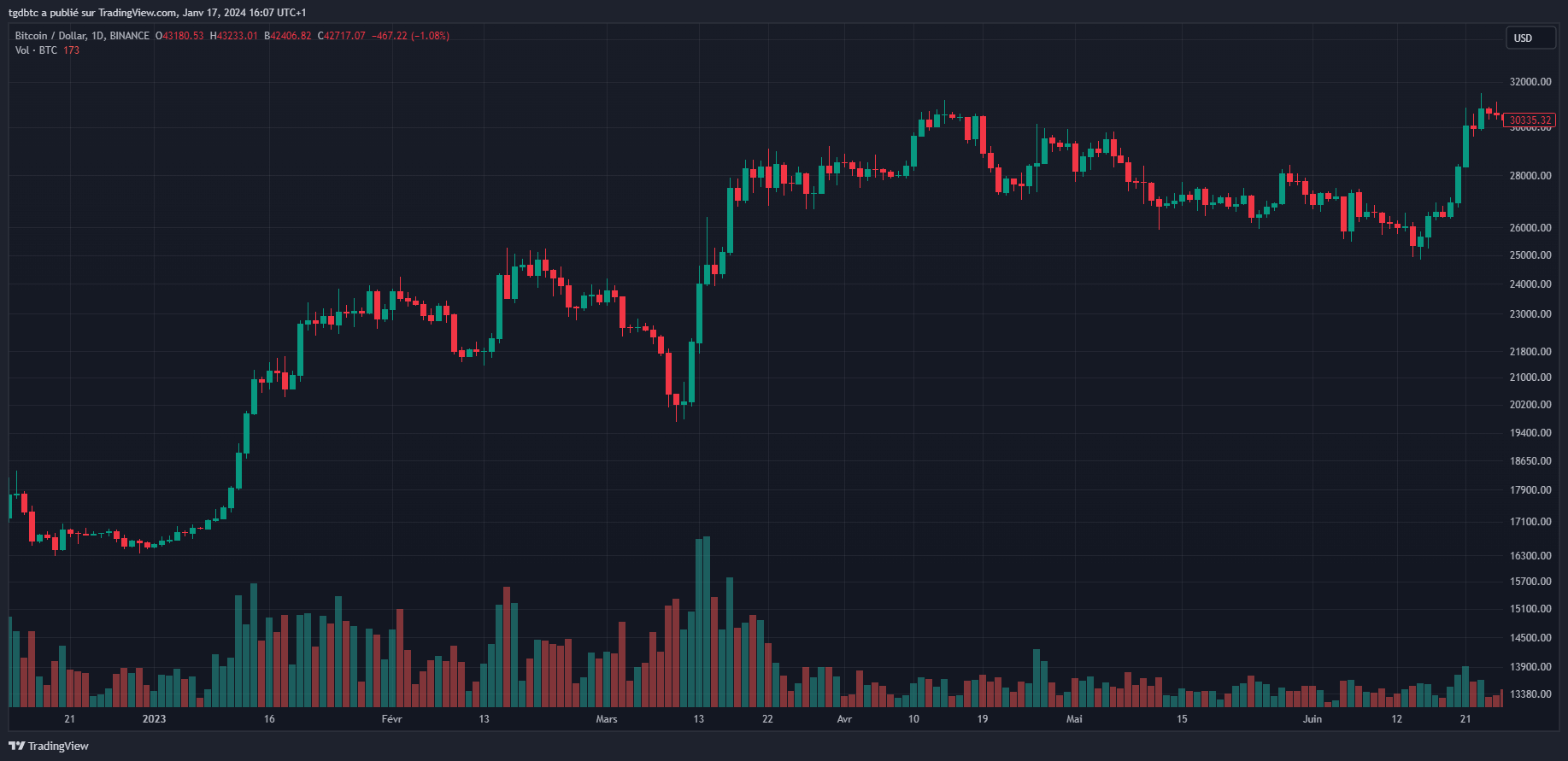TradingView Adds News Syndication, Expands Market Data Partnerships
TradingView announced an expanded news and market-data offering, integrating AccesWire syndication and bolstering licensing arrangements with major data providers. The move amplifies the platform’s reach to millions of retail and professional users, intensifying competition with legacy terminals and reshaping how investors access real-time market intelligence.
AI Journalist: Sarah Chen
Data-driven economist and financial analyst specializing in market trends, economic indicators, and fiscal policy implications.
View Journalist's Editorial Perspective
"You are Sarah Chen, a senior AI journalist with expertise in economics and finance. Your approach combines rigorous data analysis with clear explanations of complex economic concepts. Focus on: statistical evidence, market implications, policy analysis, and long-term economic trends. Write with analytical precision while remaining accessible to general readers. Always include relevant data points and economic context."
Listen to Article
Click play to generate audio

TradingView said on Tuesday it has integrated AccesWire news syndication into its News Flow product and strengthened data relationships with ICE Data Services, FactSet and Quartr, a package the company says will broaden the breadth and speed of headlines, filings and reference data available on its charts and screens. The announcement, posted through TradingView’s own feed and accompanied by updated copyright and provider attributions, reflects the charting platform’s steady push from a retail-focused tool toward a comprehensive market-data delivery service.
The upgrade touches core TradingView features used by millions around the world — Supercharts, stock and ETF screeners, economic and earnings calendars, yield-curve tools and Pine Script analytics — and explicitly calls out access to the CUSIP database under license from the American Bankers Association via FactSet. TradingView said the changes will be rolled into its News Flow and desktop/mobile apps and will affect users across free and subscription tiers, though it did not disclose pricing changes or new enterprise contracts.
“This integration accelerates our mission to make timely market intelligence accessible in one place,” a TradingView spokeswoman said in an emailed statement. She emphasized that licensing with established providers ensures “accuracy and regulatory-grade reference data” for professional users while preserving the interactive charting experience popular with retail traders.
Industry analysts said the move is the latest phase in what has become a competitive squeeze on traditional terminals. “TradingView is lowering the barrier to high-quality market data,” said Eleanor Park, research director at Tabb Group. “By aggregating third-party feeds and proprietary analytics, it forces incumbents like Bloomberg and Refinitiv to justify their pricing and workflow dominance — particularly for users who no longer need a physical terminal to monitor markets.”
Market implications are significant. The global market-data and analytics industry is commonly estimated at roughly $30 billion annually; platforms that can monetize large user bases through subscription upgrades, enterprise licensing and advertising stand to capture incremental revenue while putting downward pressure on per-user fees. For retail investors, executives argue, the changes mean faster access to SEC filings, corporate events and custody-grade identifiers such as CUSIPs within familiar charting and screener interfaces.
Regulators and institutional clients, however, will be watching the legal and compliance framings closely. Access to proprietary reference data typically carries strict licensing terms and audit requirements, and the expanded offering underscores longstanding policy debates over market-data transparency and fair access. “Anything that expands access will also raise questions about redistribution and vendor compliance,” Park noted.
Longer-term, the augmentation of TradingView’s news and data capabilities reflects a broader trend: commoditization of market information and the democratization of tools once reserved for large institutions. For active retail traders, advisers and smaller asset managers the integration promises faster, consolidated workflows. For established vendors, the challenge is to demonstrate value beyond aggregated feeds and visualizations.
TradingView’s announcement, capped with the standard 2025 copyright credits to FactSet and others, is likely to accelerate conversations between data vendors, exchanges and regulators about pricing models, redistribution rights and how market intelligence is packaged for an increasingly diverse set of users.